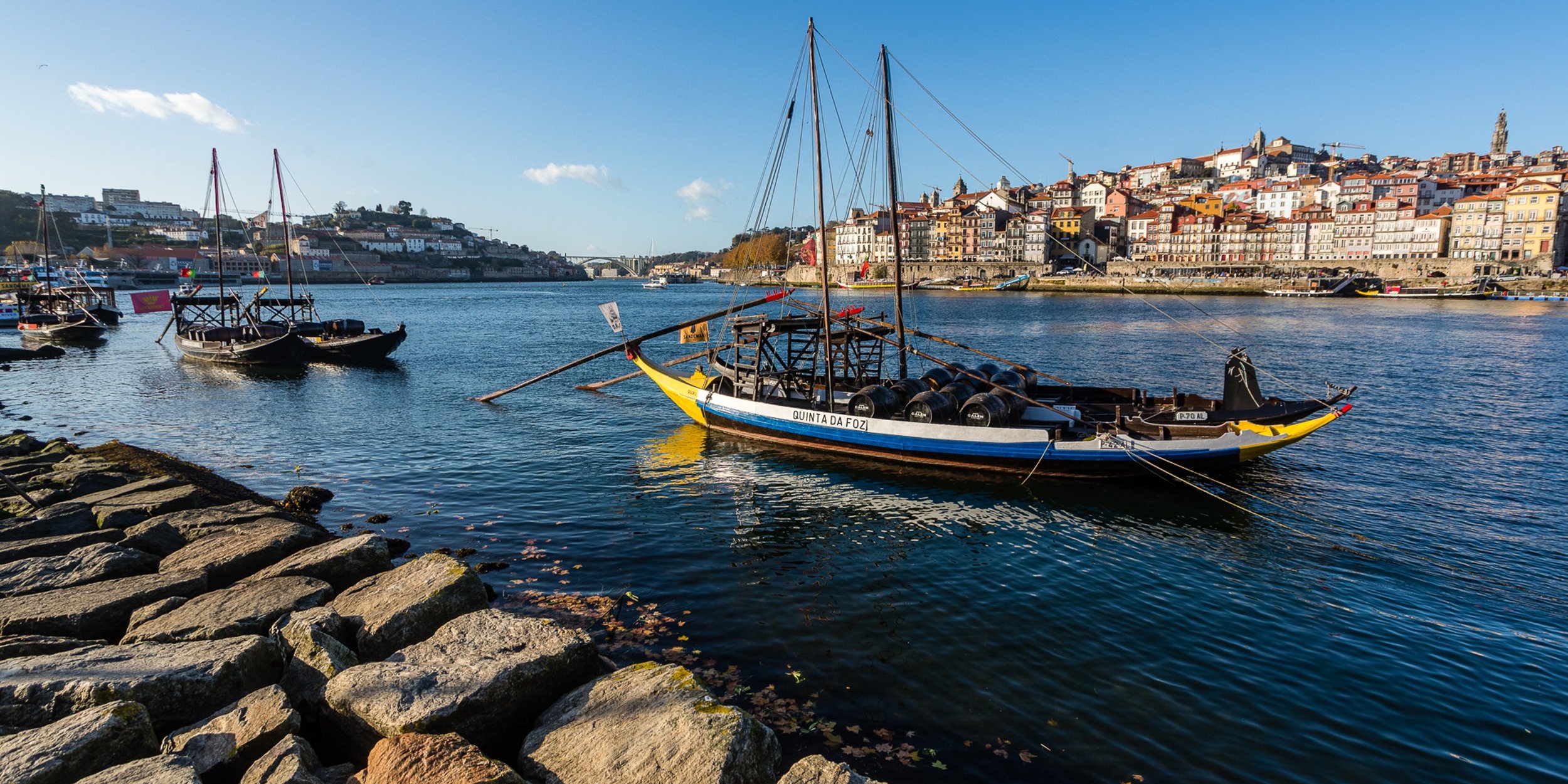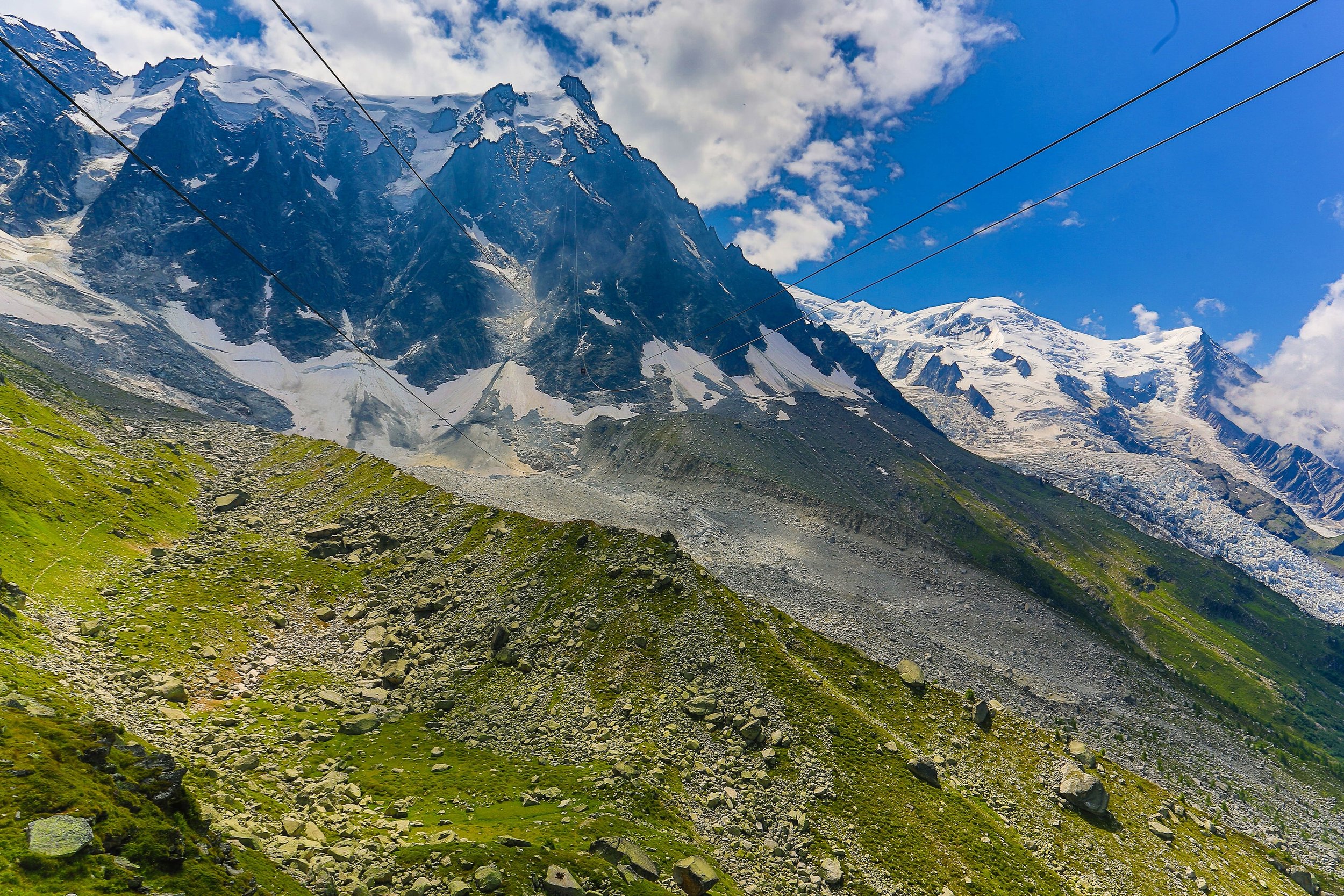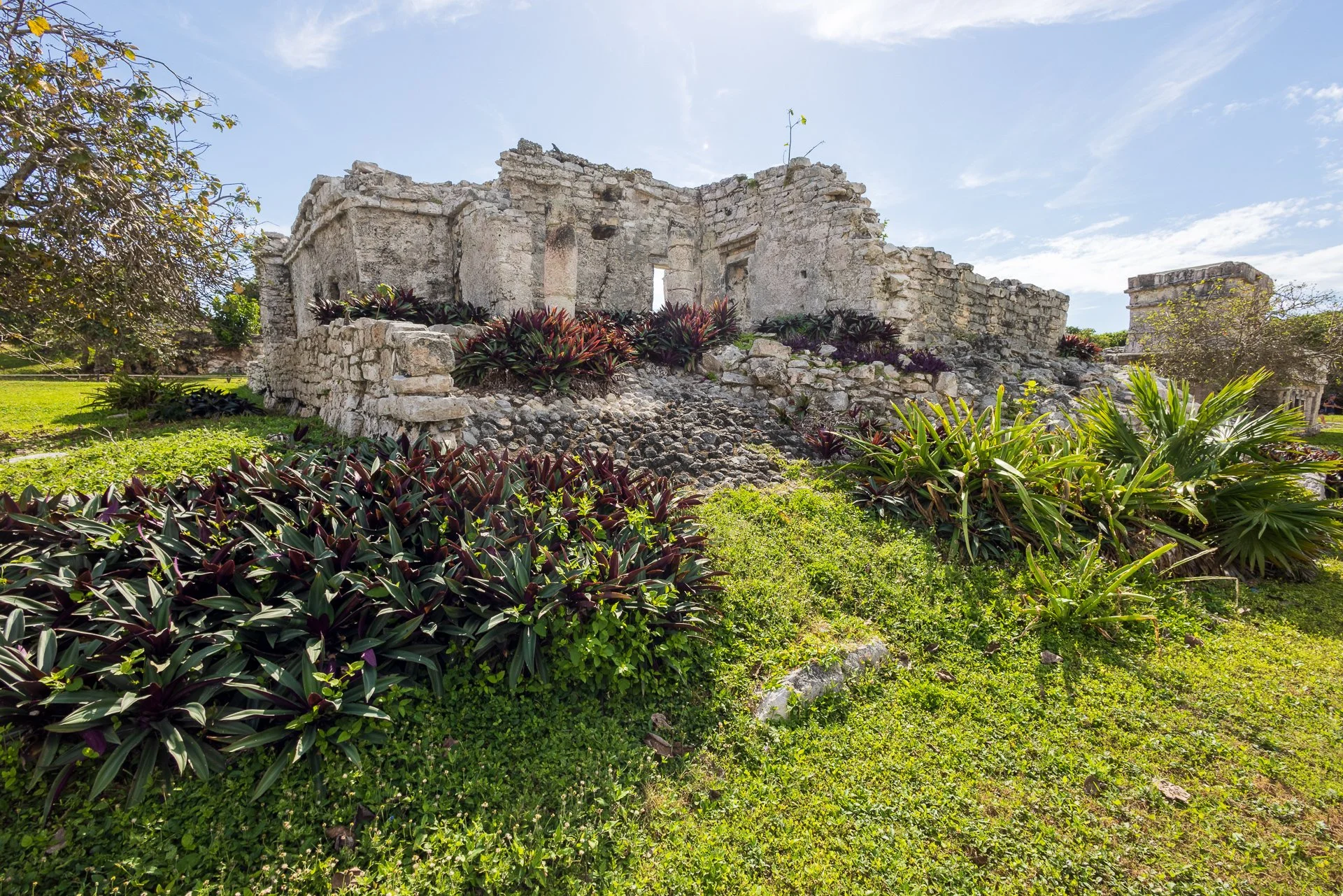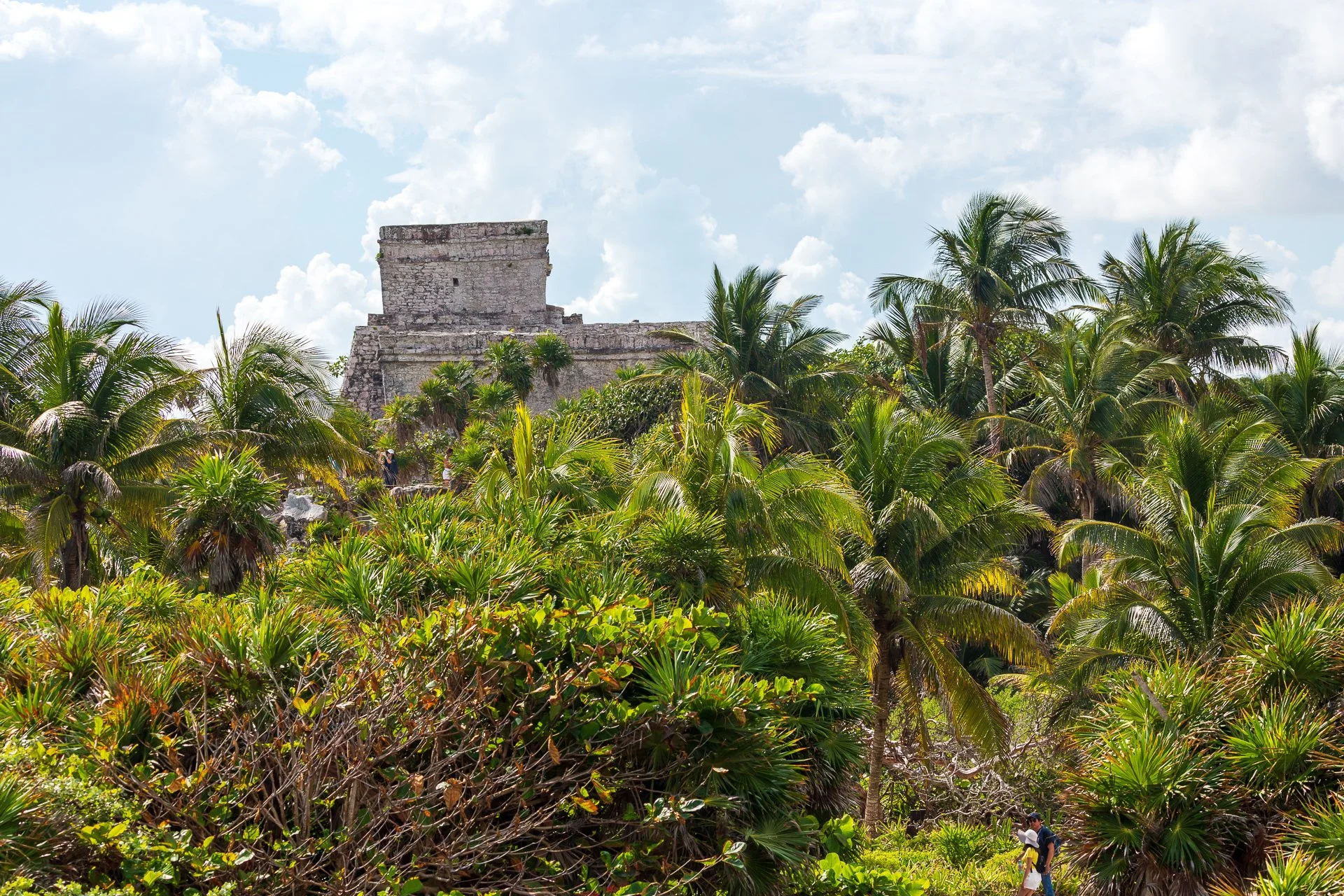Tulum
Tulum is a small town located on the Caribbean coast of Mexico, known for its incredible white sand beaches, luxury hotels, azure waters, and lush green jungles with ancient ruins. It is one of the most popular tourist destinations in Mexico being extremely close to Playa del Carmen, but lacking its lads-on-tour vibe. Tulum is renowned for its ancient Mayan ruins, which are perched on a cliff overlooking the ocean, providing visitors with a breathtaking view. In addition to its historical sites, Tulum is also home to an array of eco-friendly resorts, yoga retreats, and wellness centers that offer a unique and holistic approach to relaxation and rejuvenation.
Sights & Culture
Tulum Archaeological Zone
The Tulum Archeological Zone is a Mayan ruin complex located on the coast of the Yucatan Peninsula in Mexico. It was an important trading hub for the Mayan civilization and served as a significant port city. The site covers an area of approximately 39 acres and features numerous well-preserved buildings, each with a unique history and purpose.
The Temple of the Frescoes:
The Temple of the Frescos is named after the remarkable murals that cover the interior walls of the building. These murals depict various scenes from Maya mythology and provide valuable insights into the religious and cultural practices of the ancient Maya people.
The temple consists of a rectangular base with a narrow doorway leading to a small room. The interior walls of the room are covered with a series of frescoes that depict gods and goddesses, animals, and other elements of Maya mythology. The murals are remarkably well-preserved, and the vibrant colours and intricate details make them a fascinating subject for visitors to the site.
In addition to the murals, the Temple of the Frescos also features a unique architectural style that is characteristic of the Maya "Coastal" style. This style is characterized by its use of stucco and shell-finished walls, as well as the use of columns and decorative elements.
The Castle:
The Castle is the largest building in Tulum and is believed to have been used as a residence for the Maya elite, as well as a defensive structure against potential invaders. It is situated on a cliff overlooking the Caribbean Sea and offers spectacular views of the surrounding landscape.
The Castle consists of three main structures, each with a different purpose. The central structure is the largest and is believed to have served as a ceremonial space, as well as a residence for the ruling elite. The eastern structure is smaller and is thought to have been used as a watchtower, while the western structure is believed to have been used for storage.
The building's architectural style is a mix of Maya and Mexican influences, and it features a unique blend of elements from both cultures. The building is characterized by its use of limestone blocks and stucco, as well as its distinctive "Mansard" roof, which is a type of double-pitched roof with steep sides.
The House of the Halach Uinic:
This is a small building located near the castle, which was believed to have been used as a royal palace. It features a grand entrance with intricate carvings and is notable for its unique architectural style, which blends elements of both Mayan and Toltec design.
The Temple of the Descending God:
This is a small temple located on the western side of the site, characterized by its unique architecture and carvings. It is believed to have been dedicated to the Mayan deity of fertility and features a staircase with a relief of the descending god, hence its name.
The Temple of the Wind God:
The Temple of the Wind God is named after the deity that the Maya believed controlled the powerful winds that blow in from the Caribbean Sea. The building features a unique architectural style known as the "Puuc" style, which is characterized by intricate stone masonry and decorative elements. It is believed that the building was used for religious and political purposes by the Maya elite.
The temple consists of a rectangular base with a small staircase leading up to a narrow doorway. The facade of the building is adorned with intricate stone carvings and glyphs that provide valuable insights into the religious and political practices of the Maya people. One of the most striking features of the facade is a central motif depicting the Wind God, which gives the building its name.
The interior of the Temple of the Wind God features a single room with a vaulted ceiling and a small window. It is believed that the room was used for ritual purposes, such as offerings to the gods or meetings between Maya leaders. The building's sloping roof is another unique feature that is characteristic of the Puuc architectural style.
House of the Columns:
The House of the Columns is named for the numerous columns that support the building's roof. The building is rectangular in shape and is thought to have been used as a residential structure by the Maya elite.
The building's architecture is characterized by its use of stone blocks and stucco, as well as its intricate decorative elements. The columns are particularly noteworthy, as they are adorned with elaborate carvings and glyphs that provide valuable insights into the religious and political practices of the Maya people.
The interior of the House of the Columns features a number of well-preserved elements, including a central courtyard and a series of small rooms that likely served as bedrooms and storage spaces. The building's roof is also notable, as it is constructed in a unique double-pitched style that was characteristic of Maya architecture.
Tulum Beach
The beach is popular with visitors to the Tulum archaeological site, who often take a break from exploring the ruins to cool off in the refreshing waters of the Caribbean Sea. The beach is also a popular spot for sunbathing and swimming, and there are a number of amenities available for visitors, including restaurants, beach clubs, and water sports equipment rentals.
One of the most striking features of the Tulum Ruins Beach is the dramatic cliffs that rise up behind the beach, providing a breathtaking view of the Caribbean Sea. These cliffs are part of the same limestone formation that the Tulum archaeological site is built upon, and they provide a striking contrast to the bright blue waters of the sea.
Restaurants & Bars
Charlie's
Owned and operated by Charlie, a greying hippy and artist, Charlies was a lovely spot for a drink whilst we waited for our bus. It doesn’t look like much from the street but opens out into a charming courtyard made primarily from recycled glassware. In one corner a small exhibition of Charlie’s work can be viewed.
Restaurant Bar Viva La Mexico
On the main street of Tulum, this restaurant has a huge amount of seating space and offers good mexican food at reasonable prices given the likely audience is tour groups. The staff were super friendly and helpful and the food was good.
Shopping
Tulum offers a variety of shopping opportunities, ranging from local markets and boutiques to a small selection of high-end designer stores. One of the most popular shopping destinations in Tulum is the town's main street, Avenida Tulum, which is lined with an array of stores, selling everything from traditional Mexican handicrafts (though few of them are unique to Tulum) to fashionable clothing and accessories. The town also boasts a bustling market, where visitors can purchase handmade goods, souvenirs, and local products, such as coffee and chocolate. For those looking for high-end designer brands, Tulum is home to several luxury boutiques, featuring international fashion labels. Additionally, there are numerous shops selling natural and organic products, including skincare, beauty, and health supplements.
































